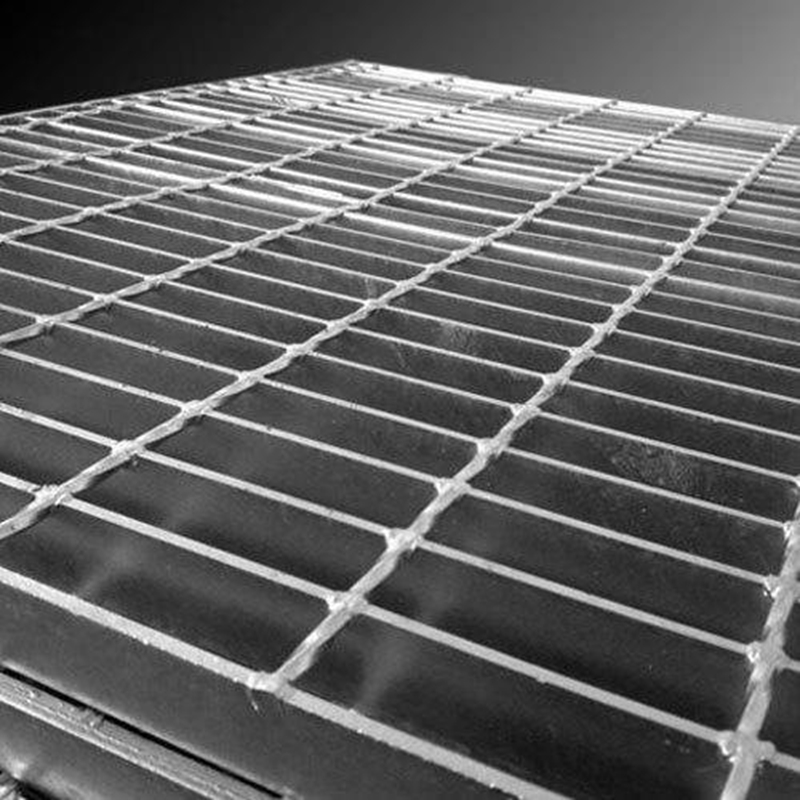-
+86 15030157877
-
sales@galvanizedmetalmesh.com
Aug . 18, 2024 07:18 Back to list
Exporters of Chicken Wire Fencing Solutions for Agricultural and Industrial Needs
The Global Market for Chicken Wire Fence Exporters
Chicken wire, also known as poultry netting, has become an essential material in various agricultural and industrial applications. Its primary function is to contain poultry, but its versatility extends beyond farming. In recent years, the demand for chicken wire fences has surged, leading to a burgeoning market for exporters globally. This article explores the factors driving the growth of chicken wire fence exporters and the challenges they face in a competitive landscape.
Growing Demand for Poultry Farming
The increasing global population has spurred a rise in poultry consumption, thus escalating the need for effective farming solutions. Farmers across the world are investing in infrastructure to protect their livestock, leading to higher demand for chicken wire fences. They provide an efficient and cost-effective way to safeguard poultry from predators and prevent them from wandering away. This spike in demand has opened up export opportunities for manufacturers who can meet the needs of diverse markets.
Versatility Beyond Poultry
While chicken wire is primarily known for its role in poultry farming, its applications are wide-ranging. It is used in gardening, for creating trellises and plant supports, and in various construction projects for reinforcing structures. Additionally, chicken wire fences are used in landscaping, animal enclosures for pets, and even in artistic installations. This versatility has allowed exporters to tap into various markets beyond agriculture, such as home improvement and commercial sectors, enhancing their sales potential.
Export Opportunities
chicken wire fence exporters

Exporting chicken wire fences brings opportunities for manufacturers globally. Regions with a strong agricultural base, such as North America, Europe, and parts of Asia, have witnessed an influx of chicken wire products from countries with high production capabilities. Countries like China and India have established themselves as leading producers, benefiting from lower production costs and higher output efficiencies. Exporters from these regions can cater to various international markets, offering competitive pricing and varied product lines to meet specific needs.
Quality and Certification Challenges
As the demand for chicken wire increases, so does the emphasis on quality and compliance with safety standards. Exporters must navigate complex regulatory landscapes in different countries, including obtaining necessary certifications and adhering to quality control measures. For instance, products intended for the European market may need to adhere to stringent EU standards. Ensuring a steady supply of high-quality chicken wire while maintaining compliance is a challenge that requires investment in quality management systems.
Sustainability Efforts
With growing awareness of environmental issues, sustainability has become a critical focus for chicken wire fence exporters. Many consumers are now looking for eco-friendly products, pushing manufacturers to explore sustainable materials and production practices. Incorporating recycled materials into chicken wire production or developing biodegradable options can enhance the appeal of products in the marketplace. Exporters who can align their offerings with sustainable practices are likely to gain a competitive edge.
Conclusion
The global chicken wire fence market presents exciting avenues for exporters, fueled by rising poultry farming needs and the material's versatility. However, navigating quality standards and sustainability concerns poses challenges that require strategic planning and innovation. As consumers become more conscious of their choices, the onus is on exporters to adapt and thrive in this evolving landscape. By focusing on quality, compliance, and sustainability, chicken wire fence exporters can secure their position in a competitive market and contribute positively to agricultural and industrial developments worldwide.
-
Smart AI Fence Solutions with GPT-4 Turbo | Secure & Fast
NewsAug.02,2025
-
Welded Gabion Solutions: Durable & AI-Enhanced Designs
NewsAug.01,2025
-
Premium Welded Gabion Mesh | Robust & Eco-Friendly
NewsJul.31,2025
-
Premium Eco-Friendly Roof Tiles | Affordable & Durable
NewsJul.31,2025
-
Premium Roof Tiles for Durable & Stylish Roofing Solutions
NewsJul.30,2025
-
High-Quality Roof Tiles for Durable & Stylish Roofing Solutions
NewsJul.29,2025



